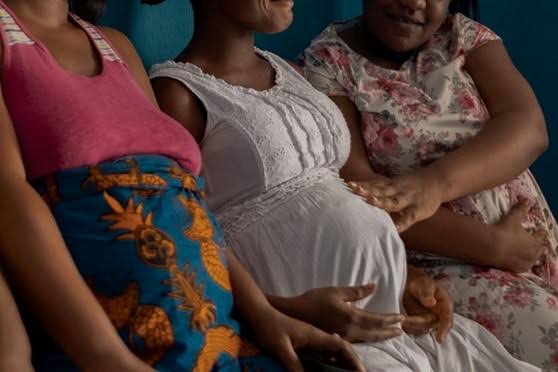A recent study published in The Lancet has projected that fertility rates in almost all countries will be too low to sustain population levels by the end of the century. This means that a large proportion of the world’s live births will be occurring in poorer countries, creating a “baby boom” and “baby bust” divide across the world. The boom is expected to be concentrated in low-income countries that are more susceptible to economic and political instability, according to senior researcher Stein Emil Vollset from the Institute for Health Metrics and Evaluation (IHME) at the University of Washington in Seattle.
The study used data collected from surveys, censuses, and other sources from 1950 through 2021 as part of the Global Burden of Diseases, Injuries, and Risk Factors Study to estimate that 155 of 204 countries and territories worldwide, or 76%, will have fertility rates below population replacement levels by 2050. By 2100, that is expected to rise to 198, or 97%. This trend will create a concerning situation for countries like South Korea and Serbia, where the fertility rate is less than 1.1 child per female, exposing them to challenges of a dwindling workforce.
The study also highlighted that over three-quarters of live births will occur in low- and lower-middle-income countries by the end of the century, with more than half taking place in sub-Saharan Africa. The global fertility rate, which is the average number of births per woman, has fallen from around 5 children in 1950 to 2.2 in 2021. By 2021, 110 countries and territories (54%) had rates below the population replacement level of 2.1 children per woman.
Many of the most resource-limited countries will face challenges in supporting the youngest, fastest-growing population on the planet in some of the most politically and economically unstable, heat-stressed, and health system-strained places on earth. This is because they will have to deal with the growing population in the midst of limited resources. The study indicates that the situation calls for an urgent need to improve access to modern contraception and female education in regions where fertility rates are still high.
While tumbling fertility rates in high-income countries reflect more opportunities for education and employment for women, researchers said the trend signals the need for improvement in access to modern contraception and female education in other regions. In addition, reliance on open immigration will become necessary to sustain economic growth once nearly every country’s population is shrinking, says IHME’s Natalia Bhattacharjee, a coauthor of the report.










